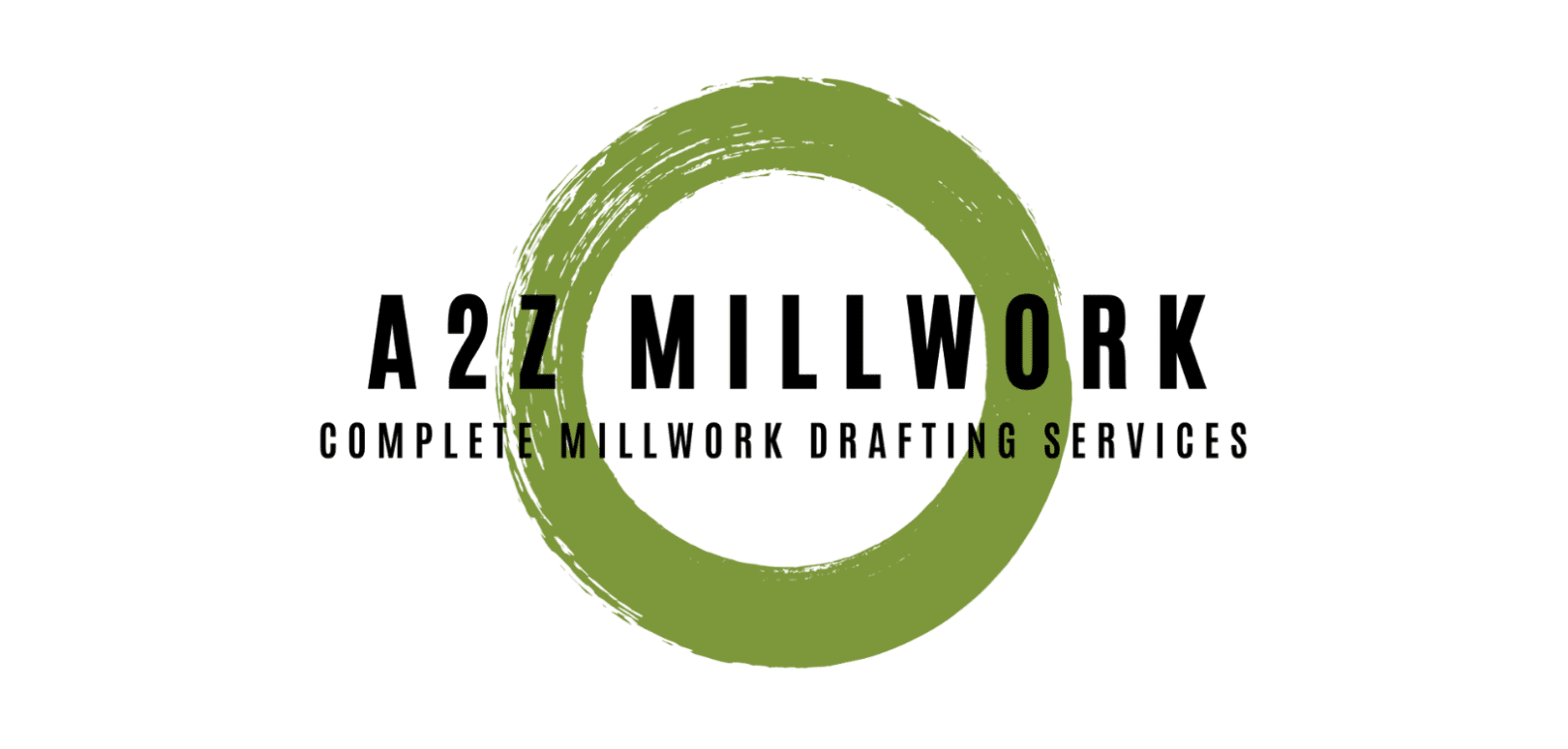Welcome to our comprehensive guide on millwork shop drawings submittals. In this guide, we will provide valuable insights on how to navigate the process with ease and confidence. Whether you are dealing with architectural shop drawings or cabinet vision shop drawings, the importance of accuracy, compliance, and effective communication cannot be overstated. By following the best practices outlined in this guide, you can ensure the success of your millwork projects. Let’s dive in and explore the details of millwork shop drawings submittals together.
• Understanding Millwork Shop Drawings
Millwork shop drawings are detailed illustrations that provide architects, contractors, and fabricators with an accurate representation of the millwork design. These drawings include information such as materials, dimensions, and finishes, and they serve as a guide for the entirety of the project.
The primary purpose of millwork shop drawings is to ensure that the millwork design is accurately conveyed to all parties. Shop drawings allow project stakeholders to visualize the design and make any necessary revisions before fabrication begins, ultimately contributing to the overall success of the project.
Cabinet vision shop drawings, in particular, play a critical role in millwork design and fabrication. These drawings provide detailed information on cabinet construction, ensuring that the fabricators have a clear understanding of the structural requirements.
Overall, millwork shop drawings are an essential element of any millwork project, providing a clear and precise representation of the design. By ensuring the accuracy and completeness of these drawings, project stakeholders can minimize the risk of errors and delays, and ultimately achieve optimal results.
• Ensuring Accuracy in Millwork Shop Drawings Submittals
When it comes to millwork shop drawings submittals, accuracy is key to ensure the success of the project. Reviewing and approving shop drawings can be a complex process, but there are best practices that can help ensure the accuracy of the final product.
One effective way to ensure accuracy is to establish a clear process for reviewing and approving shop drawings. This process should include a checklist of items to verify, such as dimensions, materials, and finishes. It’s also important to involve all relevant stakeholders in the review process to avoid overlooking important details.
Another common pitfall to avoid is relying too heavily on standard details or templates, which can lead to errors and discrepancies. Instead, each project should be evaluated and the shop drawings customized accordingly.
Finally, it’s important to address any discrepancies or issues that may arise during the review process. This may involve working collaboratively with the millwork shop to find solutions or making necessary design adjustments.
By following these best practices, you can ensure that your millwork shop drawings submittals are accurate, compliant, and meet the specific requirements of the project.
• Achieving Compliance in Millwork Shop Drawings Submittals
Compliance is crucial in millwork shop drawings submittals to ensure that the project meets safety regulations, building codes, and industry standards. Failure to comply with these requirements can result in costly project delays, legal action, and damage to your reputation.
To achieve compliance in millwork shop drawings submittals, it’s essential to be familiar with the relevant building codes, regulations, and industry standards applicable to your project. This includes understanding the specific requirements for materials, dimensions, and installation procedures.
One way to ensure compliance is to engage with a qualified and experienced millwork professional who can guide you through the process and offer expert advice. They can help you navigate the regulatory landscape and ensure that your shop drawings meet the necessary compliance standards.
Another critical aspect of achieving compliance is to thoroughly review and approve shop drawings before submission. This includes identifying potential non-compliance issues and addressing them promptly to avoid any delays or legal consequences further down the line.
By prioritizing compliance in millwork shop drawings submittals, you can ensure the success of your project and protect your business from potential legal and financial risks.
• Effective Communication in Millwork Shop Drawings Submittals
Clear and concise communication is vital to the success of millwork shop drawings submittals. It requires collaboration between different stakeholders such as architects, contractors, engineers, and fabricators. Effective communication promotes understanding and accuracy, ensuring the final product meets the requirements and expectations of all involved.
One way to facilitate effective communication is to establish a communication plan at the beginning of the project. This plan should outline the responsibilities of each stakeholder and the preferred modes of communication such as email, phone, or video conferencing.
Another critical aspect of effective communication is the ability to convey design intent clearly. This can be achieved by providing detailed drawings that accurately represent the design, including dimensions, materials, finishes, and other specific requirements.
During the review process, it is essential to address any questions or concerns promptly. This helps to resolve any issues before they can cause significant delays or errors in the final product. To achieve this, provide concise responses to queries and address all comments in a timely manner.
In summary, effective communication is the key to successful millwork shop drawings submittals. It is essential to establish a robust communication plan, convey design intent clearly, and address all questions and concerns promptly. By doing so, you can ensure that your millwork projects are completed on time, within budget, and to the satisfaction of all stakeholders.
Conclusion
In conclusion, successful millwork projects require careful attention to detail and effective execution of mill work shop drawings submittals. Whether dealing with architectural shop drawings or cabinet vision shop drawings, following the best practices outlined in this guide will help you achieve optimal results.
It is important to prioritize accuracy in every step of the process, from the initial drafting of the shop drawings to the final review and approval. Compliance with relevant regulations and standards is also critical, and must be carefully considered during the submittal process.
Effective communication is key to ensuring that all stakeholders are on the same page throughout the project, and that any concerns or questions are addressed promptly. By maintaining a focus on accuracy, compliance, and communication, you can ensure the success of your millwork project and deliver exceptional results.
Thank you for taking the time to read this expert guide to mill work shop drawings submittals. We hope that the insights and best practices shared here will help you navigate your next millwork project with confidence and achieve optimal results.






